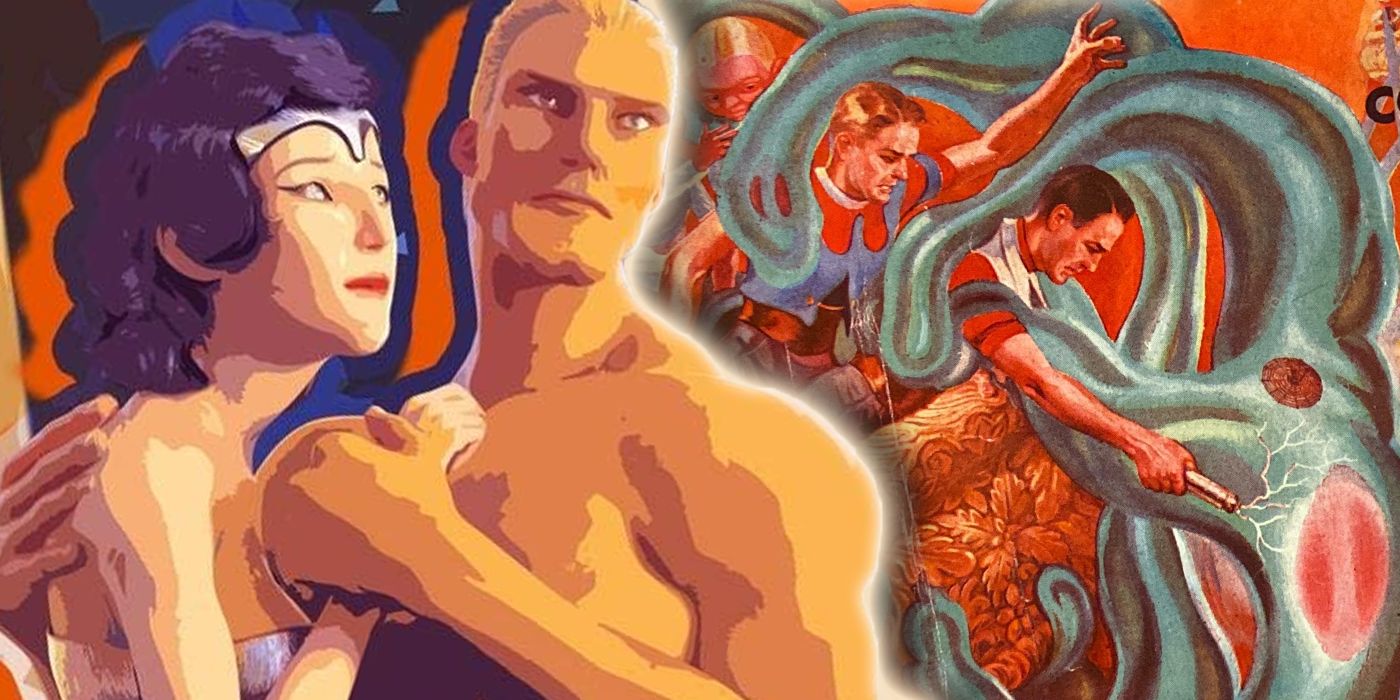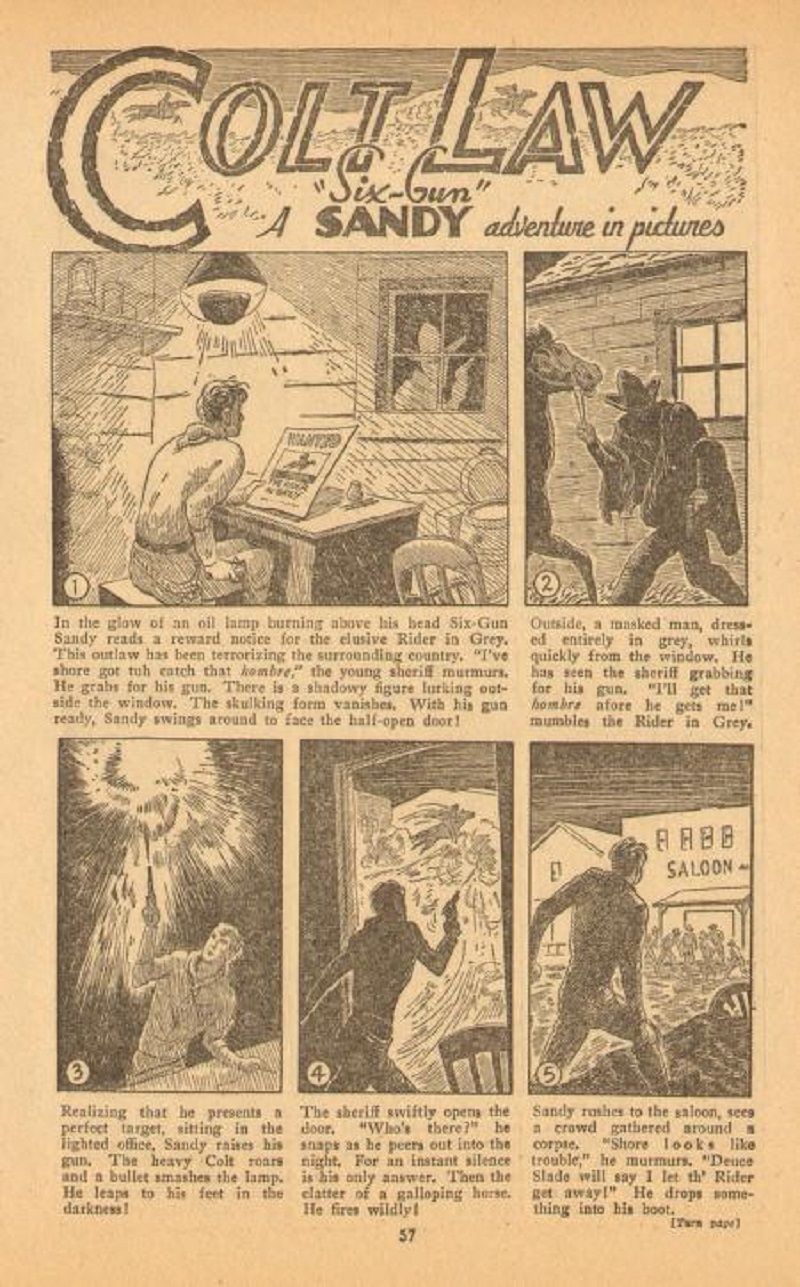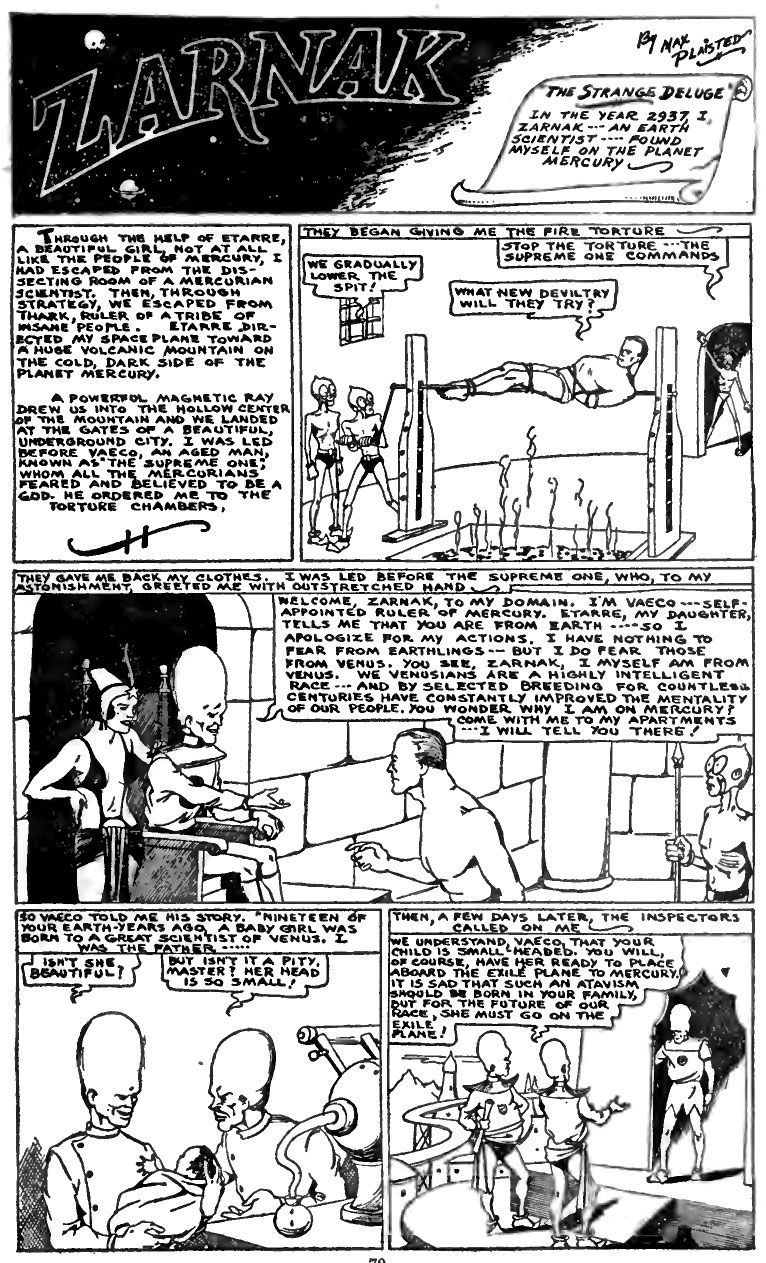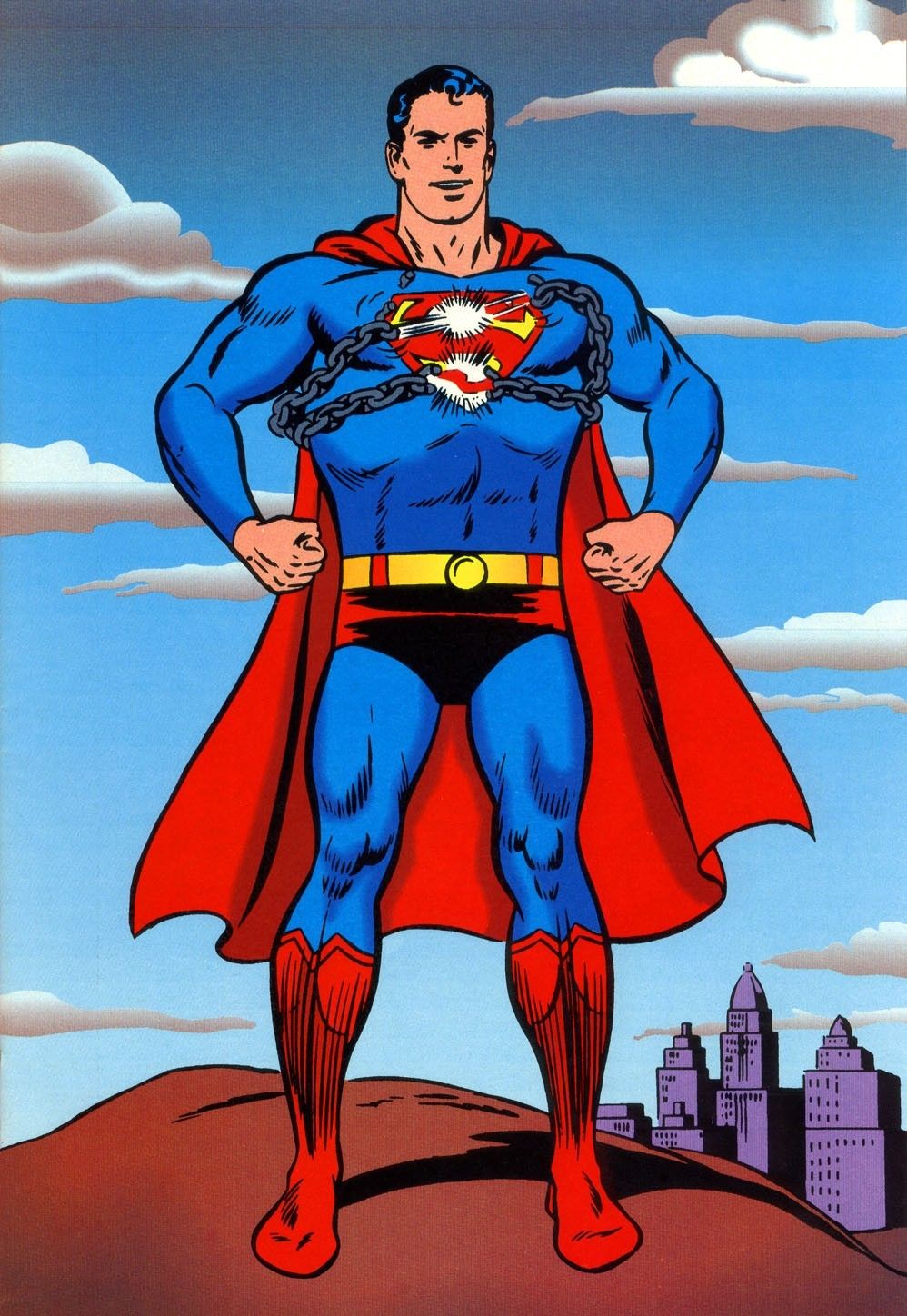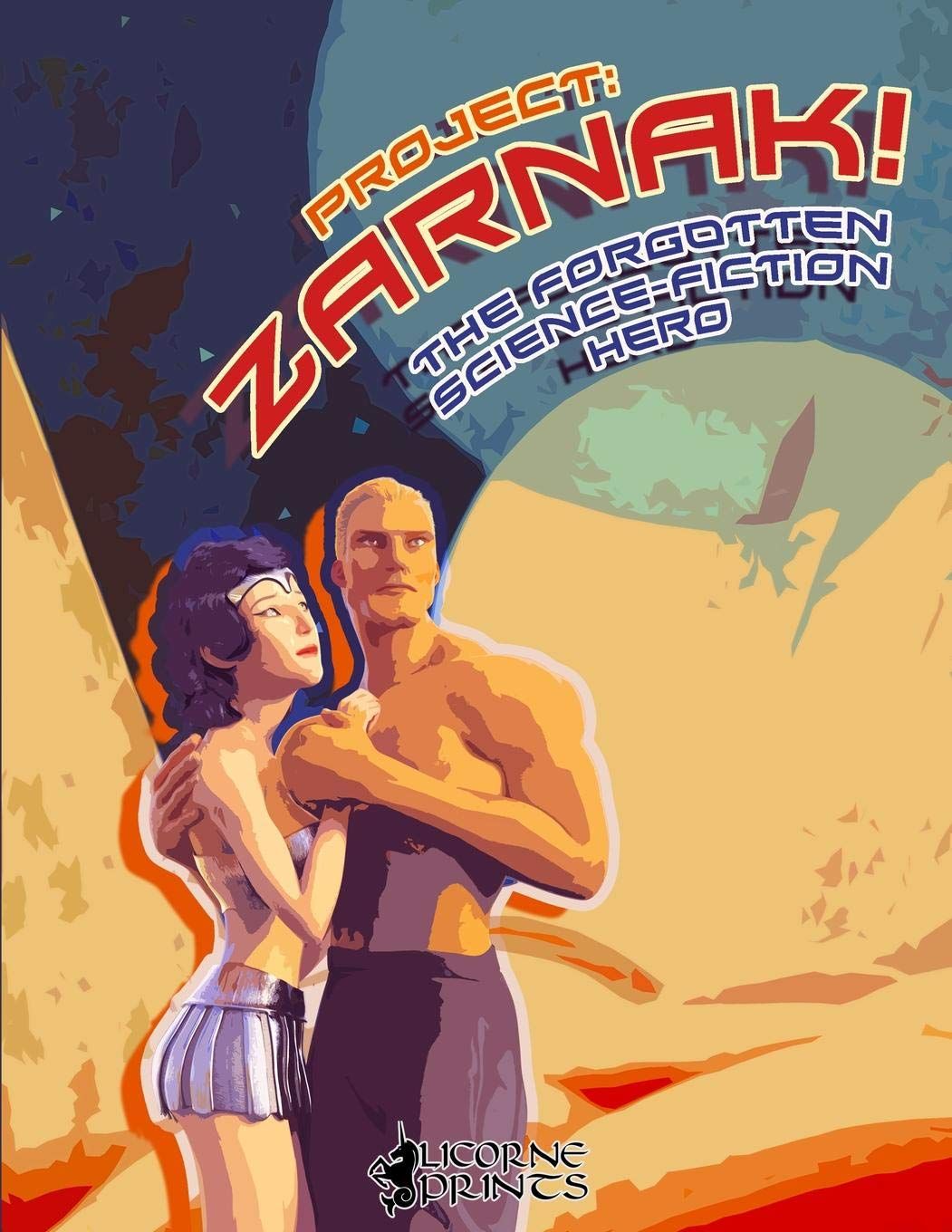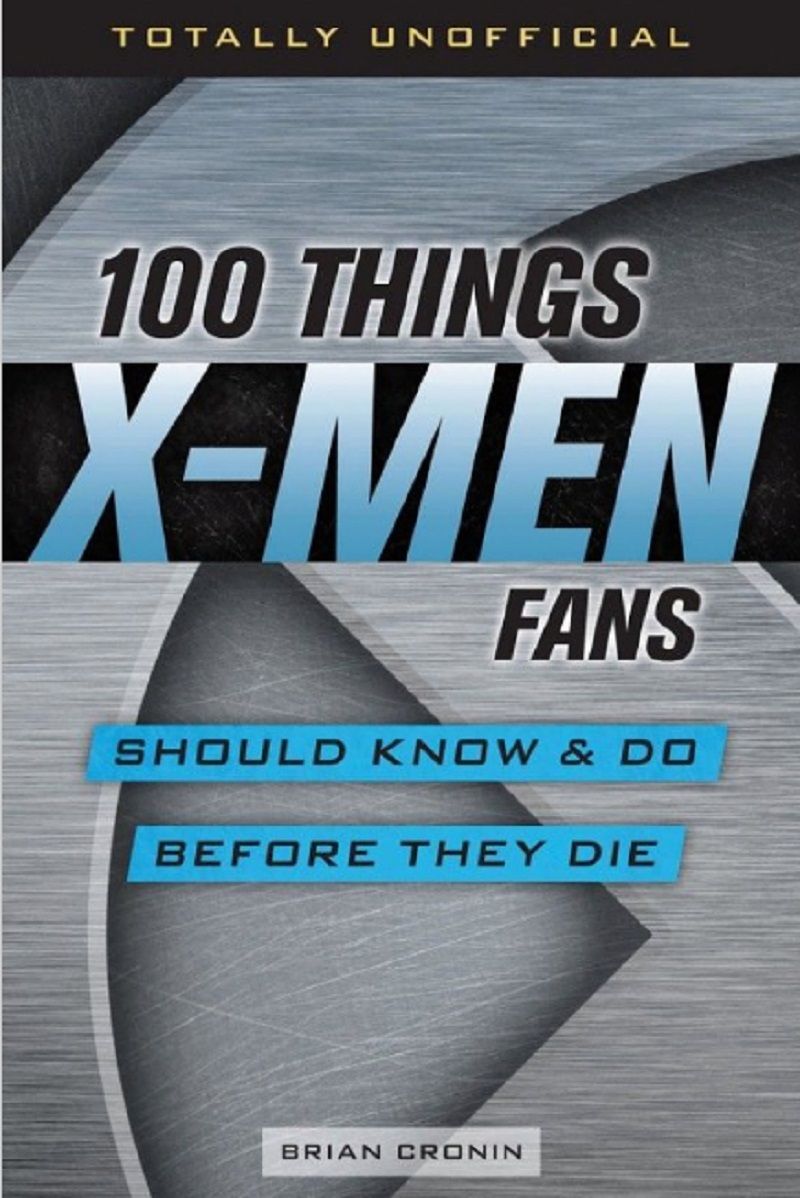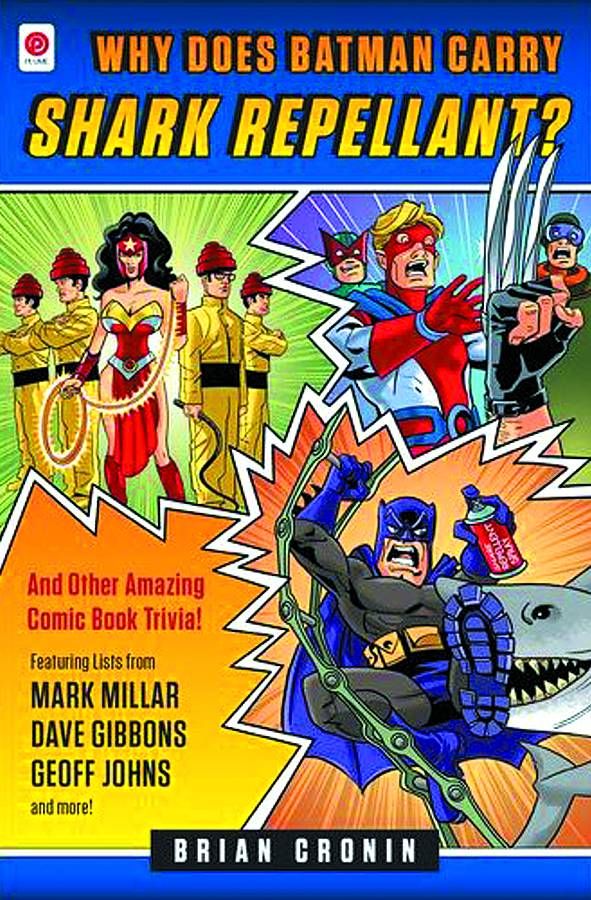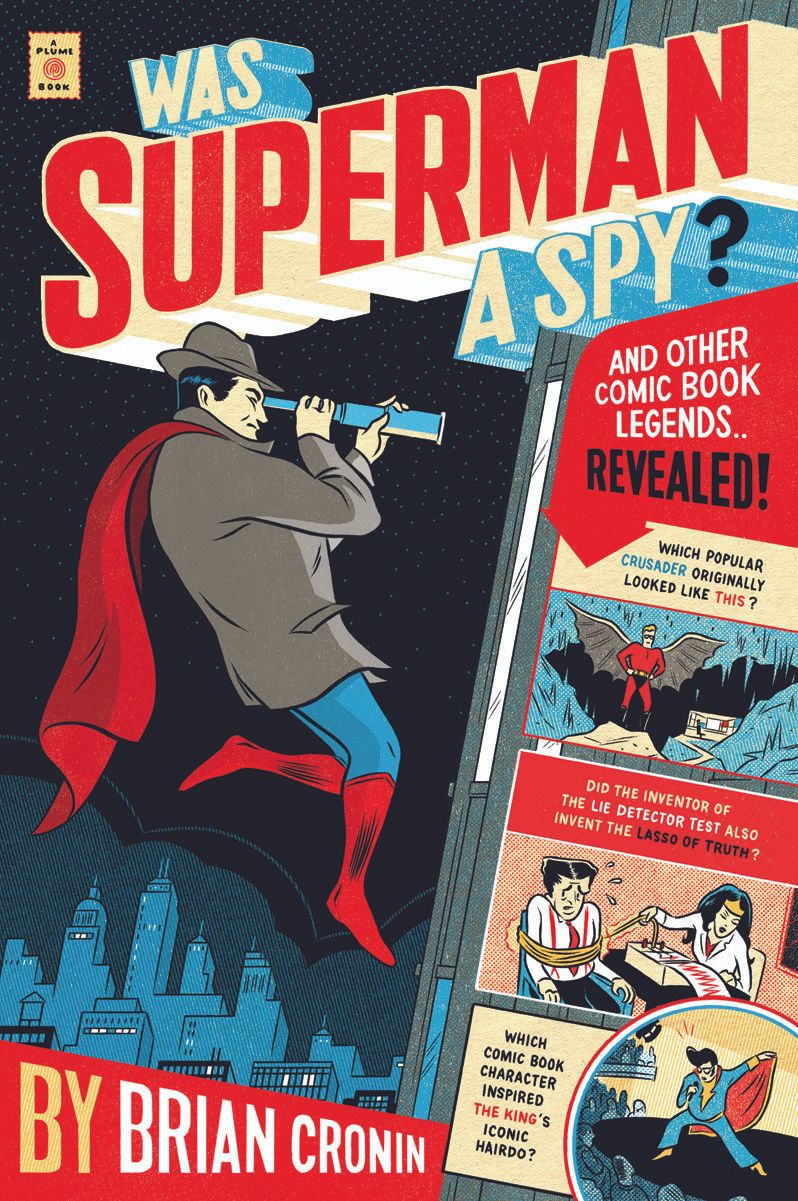In the latest Comic Book Legends Revealed, learn how a comic superhero who predated Superman did not actually appear in a comic book, but rather a pulp fiction magazine!
Welcome to Comic Book Legends Revealed! This is the eight hundred and fifth installment where we examine three comic book legends and determine whether they are true or false. As usual, there will be three posts, one for each of the three legends. Click here for the first part of this installment's legends. Click here for the second part of this installment's legends.
NOTE: If my Twitter page hits 5,000 followers, I'll do a bonus edition of Comic Book Legends Revealed that week. Great deal, right? So go follow my Twitter page, Brian_Cronin!
COMIC LEGEND:
One of the first comic book superheroes appeared in a pulp fiction magazine and not a comic book.
STATUS:
True
Let me quickly set you the scene for the early days of the comic book industry. There were two major mainstream mass consumption forms of print media for genre fans. There was newspaper comic strips (particularly the Sunday Funnies, which were much more elaborate), which was extremely popular at the time and there were so many more newspapers printed back then (as before there was television or the internet, you pretty much had to read or listen to the radio when you were at home to get your entertainment) that there were so many opportunities to see different comic strips. And then there were pulp fiction magazines, short stories featuring captivating heroes. Those two forms of media were the biggest influences by far on the early days of original comic books, as the earliest original comics were generally doing riffs on either a pulp fiction character like the Shadow or a comic strip character like Buck Rogers.
The FIRST comic books, though, were simply reprints of comic book strips. By 1936, those comic books were selling pretty darn well, leading most people in the industry to think that that was the only real future of the comic book industry, to collect popular newspaper strips (and thus the competition was for who had the best collection of strips in their comic books). Some, though, like Major Malcolm Wheeler-Nicholson, were still committed to original comic books as the future of the industry and things were slowly improving in that regard, as Wheeler-Nicholson launched his third ongoing original comic book series in 1936, called Detective Comics. Sadly, he was pushed out of his own company before 1938's Action Comics debuted, a comic book that, well, you know, sort of changed the entire industry.
Still, by 1936, there was enough interest in original comic book stories that in a novel turn of events, the pulps started paying attention to them a little bit in and Beacon Publications began doing some sort of illustrated stories in some of its magazines, like Six Gun Sandy in Thrilling Western...
But over in Thrilling Wonder Stories, a young editor named Mort Weisinger introduced a Buck Rogers/Flash Gordon riff called Zarnak (the stories were credited to Max Plaisted, but at least the art was by Jack Binder, and it is likely that his brother, Otto, worked on the strip, as well).
The problem was that the pulp fiction fans HATED the strip. One of the first usages of the term "superhero" was an insulting letter in the letter columns talking about Zarnak, "I must agree with others that it is rapidly degenerating into the juvenile antics of a musclebound superhero. This latter sort of stuff may be all right in the Sunday comics but it is decidedly out of place in a respectable science fiction magazine."
Luckily, Weisinger had better luck editing a different musclebound superhero in the late 1940s through 1970...
The Zarnak strips were recently collected in a book called Project Zarnak from Licorne Prints...
CHECK OUT A TV LEGENDS REVEALED!
In the latest TV Legends Revealed - Find out which one of the Masters of the Universe action figures that the makers of the He-Man cartoon refused to use on the TV series!
MORE LEGENDS STUFF!
OK, that's it for this installment!
Thanks to Brandon Hanvey for the Comic Book Legends Revealed logo, which I don't even actually anymore, but I used it for years and you still see it when you see my old columns, so it's fair enough to still thank him, I think.
Feel free (heck, I implore you!) to write in with your suggestions for future installments! My e-mail address is cronb01@aol.com. And my Twitter feed is http://twitter.com/brian_cronin, so you can ask me legends there, as well! Also, if you have a correction or a comment, feel free to also e-mail me. CBR sometimes e-mails me with e-mails they get about CBLR and that's fair enough, but the quickest way to get a correction through is to just e-mail me directly, honest. I don't mind corrections. Always best to get things accurate!
Here's my most recent book, 100 Things X-Men Fans Should Know And Do Before They Die, from Triumph Books.
If you want to order a copy, ordering it here gives me a referral fee.
Here's my second book, Why Does Batman Carry Shark Repellent? The cover is by Kevin Hopgood (the fellow who designed War Machine's armor).
If you want to order a copy, ordering it here gives me a referral fee.
Here's my book of Comic Book Legends (130 legends. -- half of them are re-worked classic legends I've featured on the blog and half of them are legends never published on the blog!).
The cover is by artist Mickey Duzyj. He did a great job on it...
If you'd like to order it, you can use this code if you'd like to send me a bit of a referral fee.
Follow Comics Should Be Good on Twitter and on Facebook (also, feel free to share Comic Book Legends Revealed on our Facebook page!). Not only will you get updates when new blog posts show up on both Twitter and Facebook, but you'll get some original content from me, as well!
See you next time!

